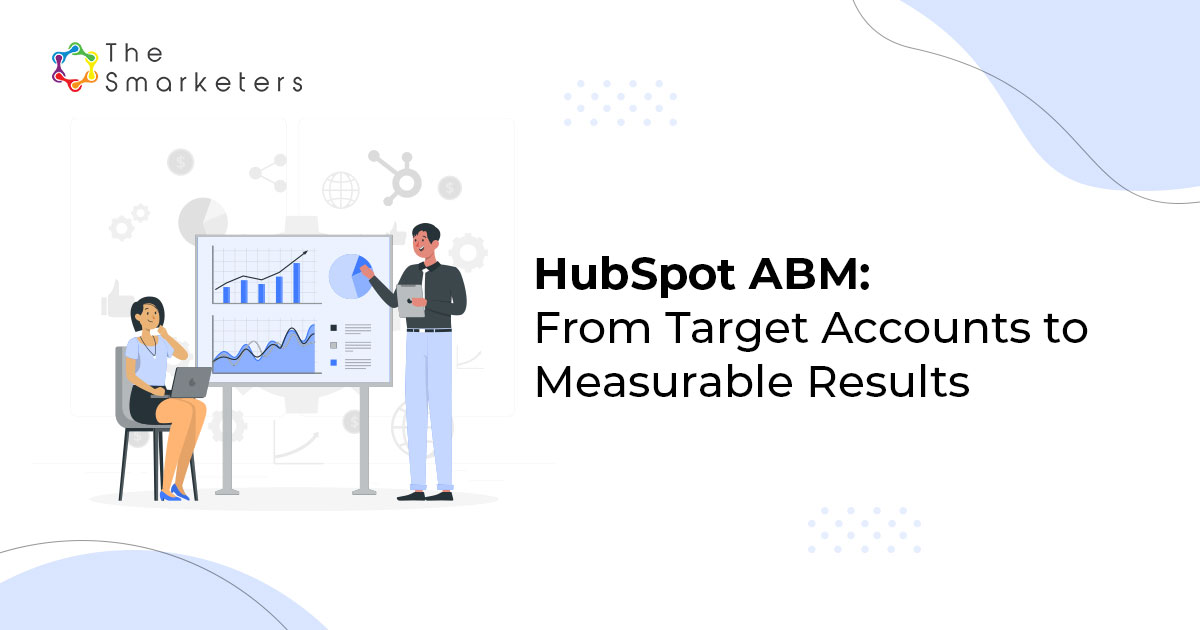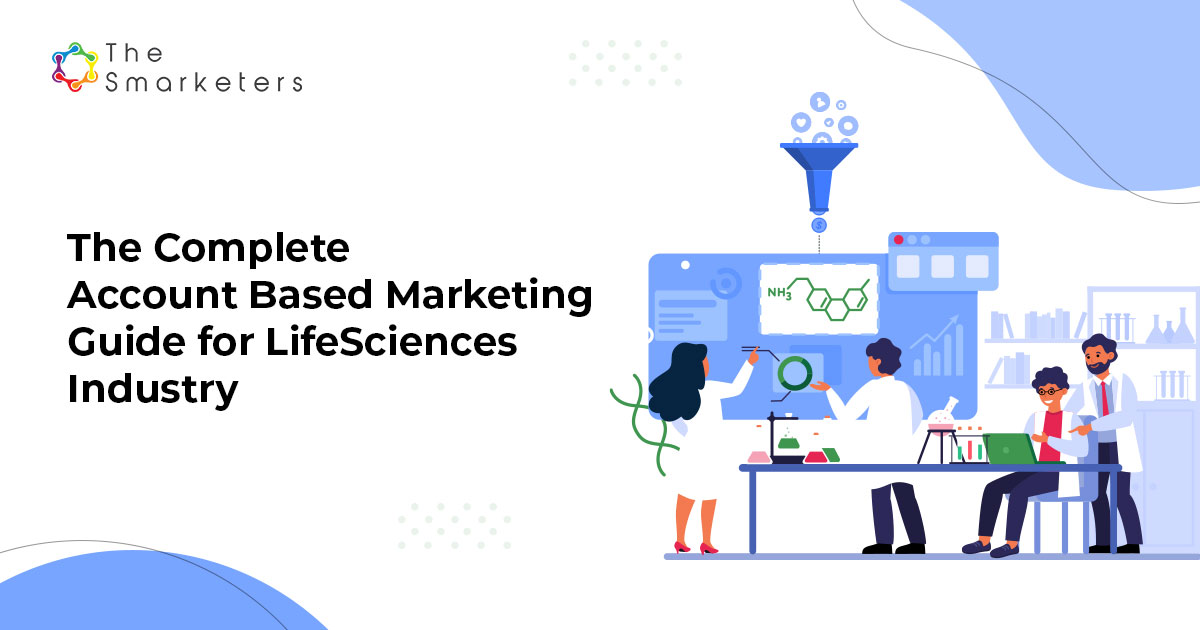Boardroom discussions, monthly review meetings, and annual appraisals—all revolve around the use of Key Performance Indicators (KPIs) to evaluate the effectiveness of a process, person, or tool. A sales manager can check multiple metrics on a day-to-day basis, but, there are few of those that qualify to be KPIs. These determine if the sales program is going in the right direction and whether the whole effort is profitable or not.
KPIs and their importance
KPIs measure performance very effectively and create a minimalist checklist for managers to monitor. They are typically quantitative, practical, directional, and actionable. They are not goals by themselves but describe the goal such that a manager can monitor them effectively. While creating KPIs ensure that they clearly define the business processes, measure qualitative and quantitative results and determine variances and adjust processes to meet their short-term objectives.
To stay focused use KPIs in your sales process. We have listed some of the most important KPIs every sales manager should measure this year.
Read More: 6 B2B Marketing Trends To Watch For in 2018
KPIs every sales manager should measure
We have divided and grouped the essential KPIs for a sales manager based on how they affect the business on the whole.
Revenue related KPIs
Revenues represent the health of a business and sales are directly related to revenues. Some KPIs that describe the revenue are as follows.
Gross and Net Profits:
Both are equally important. Their behavior changes based on the volume of your business. By that we mean, whether your business is high volume or low volume business. Gross profit tells whether your unit economics are effective and if you need to reduce costs in producing the goods. The formula to calculate gross profit is:
Gross Profit = Net Sales – Cost of Goods and Services (COGS)
You may not have easy numbers to plug into this formula. You will have to run through multiple departments to arrive at the right numbers.
While the gross profit number could be positive but it may turn out that the Net Profit is negative. After you consider loan payments and debts, if you still see a positive figure, then your effort is profitable. Here is the formula.
Net Profit = Gross Profit – (Total Operating Expenses + Taxes + Interest + Depreciation + Amortization)
Sales Revenue:
This formula looks very simple. But, with multiple product lines, returns, cancellations, and discounts, it takes time to arrive at the numbers mentioned in the formula.
Price Per Unit Sold x Number of Units Sold = Sales Revenue
Some organizations also prefer to distinguish between sales and marketing revenue. This is possible when you have been able to achieve crystal clear attribution.
This is a sub-metric of the total sales volume. Then, why should you care about it? This tells a sales manager whether a location needs some motivation to improve sales, has been saturated, should you shut shop or does it need some extra attention.
This is a simple summation formula that is a result of the addition of all sales that are being closed in a given location. However, use a data visualization tool that helps in reflecting the variance across all locations.
Sales Activity KPIs
Ratios, rates, and other relative values determine whether the general trend of sales is healthy or not. Some KPIs tell the sales manager, both at an individualistic and group level, who is performing better than the rest. It also notifies the manager about what aspects of a sale are well tackled than the rest; for instance, prospecting, closing, following up, and so on.
Prospecting Activity:
Prospecting is all about the activity of accumulating new leads that fit the definition of a qualified lead or sometimes also referred to as a prospect. The activity involves calls, emails, meetings, demos, and other tasks that keep a salesperson busy in bringing leads to the table. While this could be sometimes delegated to the lead gen or marketing department, a sales manager has to still track this metric.
Response Time:
This is the time taken to respond either by call, email, meeting, or any other defined response that would increase the likelihood of closing a sale. This indicates how quickly a response is made and how long a potential customer is required to wait to receive the necessary information.
Closing Rates:
Metrics like prospecting activity and response time alone could be misleading if you leave closing rates unmonitored with a poor score. Closing rates tell you whether your sales force is driving the activity to complete the sale and receive a commitment of payment from the customer. The higher the closing rate, the better it is.
This is nothing but the percentage of leads that make it to the sales or customer count.
Read More: How to effectively shorten a B2B sales cycle
Customer retention:
Though this sounds more like the responsibility of the marketing and customer satisfaction team, it is equally important for sales managers to follow this. Eventually, this will help in building an upselling and cross-selling sales strategy. Also, it may seem difficult to calculate this in numerical format, but here is a formula.
You can measure your change in customer volume for a certain period. Simply subtract your “customers lost” figure (CL) from the number of customers you’ve gained (CG).
CG – CL = ∆C
Note that this formula may well return a negative value. Business accountants also use other formulae to calculate this metric based on the business.
Churn rate:
This is an interesting metric that gives you a reality check, especially if you are running a subscription or SaaS business. While you may have a great customer attraction rate, if you are losing out customers more than that, such a gap will be revealed by the churn rate.
To calculate churn rate, divide the number of customers you’ve lost/gained (∆C) during a period (∆T) by the total number of customers you served (C) at that time:
Customer Churn = ∆C / ∆T x C
Upsell and Cross-sell rates:
This KPI also further helps in calculating the Lifetime Value (LTV) of a customer. It primarily serves the purpose of optimizing the existing accounts/ customers, who are the most qualified leads in your funnel.
This can be calculated by running all new sales and attributing the source back to either a new source or an existing customer. The percentage of all existing customers that have further added to the revenue through upselling and cross-sell over the total customers will give you this number.
Funnel related KPIs
These KPIs tell you what has happened to each lead or inquiry until its journey across the sales funnels. These metrics matter on a daily basis.
Client acquisition rates:
In your sales funnel, it is very crucial to find out how many leads have been promoted to become customers. The client acquisition rate talks about this trend.
Client acquisition rate is the percentage of customers from the total no.of leads acquired during a given period.
Qualified Leads:
This is the most basic metric. In fact, sales managers who handle large volumes would track this in real-time. Once, both sales and marketing teams decide on the criterion that will be used to qualify a lead and distinguish between a lead and an inquiry, you can use that definition to identify qualified leads.
This would be a simple summation of all leads that have met the criterion from among the no.of inquiries that the business has received in a given duration.
Follow-up or rate of contact:
Persistence pays. A single contact between the salesperson and the prospect is not enough to achieve a sale. It requires the salesperson to follow up until the intention of purchase from the prospect is completely declined. The follow-up rate can be calculated using a CRM that tracks the no.of times and ways used to follow up. This does not just include a call, but other means like email, meetings, and so on.
Opportunity to Win ratio:
A win is nothing but every gain of a customer. Once a lead reaches the stage of ‘opportunity’, some trickle off the funnel, and a few others make it to the final stage. The ratio between no.of opportunities to no.of customers tells us the quality of leads you are attracting and the reasons for opportunities to not choose the brand.
Market-related KPIs
These are determined by the external market conditions and environment.
Competitor Pricing:
Since the pricing comes from the marketing team, this may not immediately help the sales team to implement better pricing. These prices once shared with the marketing team can help in devising a more competitive pricing strategy. It also helps sales personnel to negotiate a better deal with enough information for decision-making in hand.
Net Promoter Score (NPS):
NPS measures how likely are your customers to recommend your brand to others. The people who give a high NPS are referred to as Promoters and those who give a relatively less score are called Passives and Detractors by order.
While gathering these scores, ensure that the customer has had enough experience with your brand to call a judgment.
Are you measuring right?
We should tell you here that measuring this list of KPIs can never be sacrosanct. There is more to it. Every business will have its unique set of KPIs that matter most and those need to be identified to measure sales progress.
If you have used any interesting KPIs that highlighted or spotted grey areas within the B2B sales cycle, we would love to hear. Share your KPIs, beyond this list.














